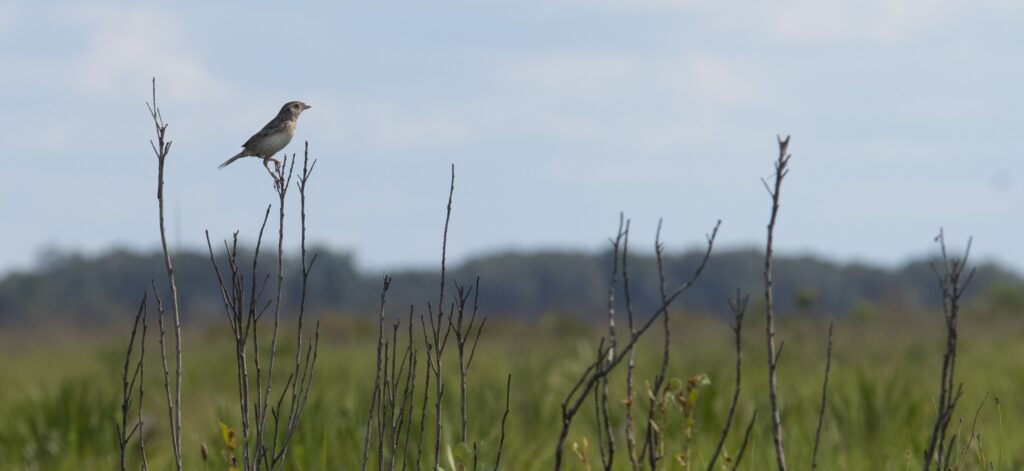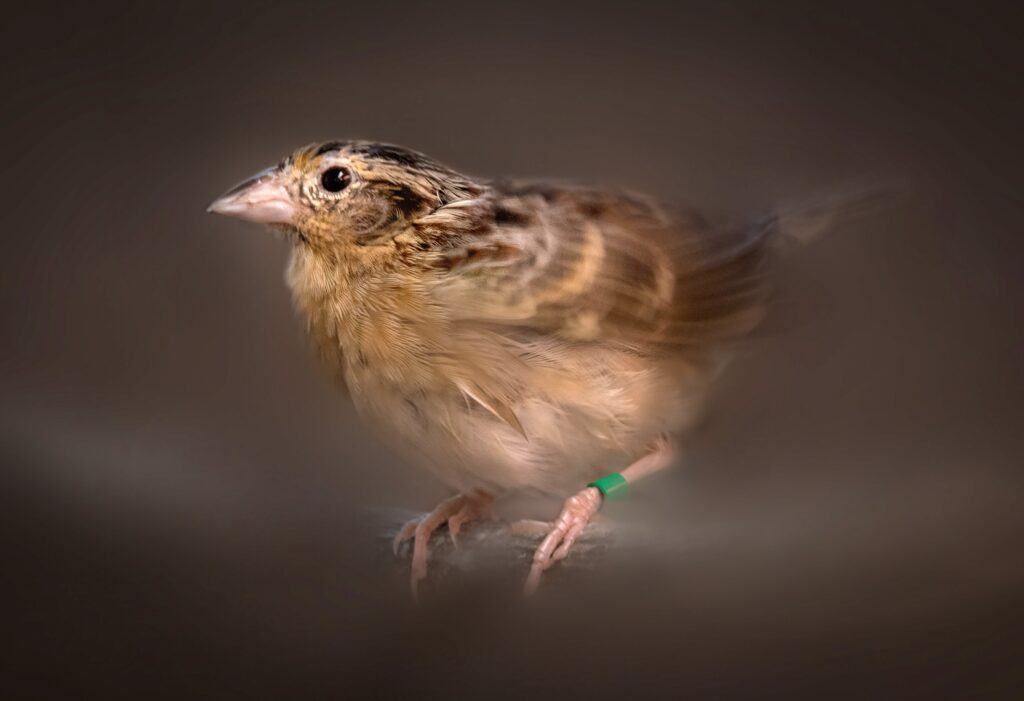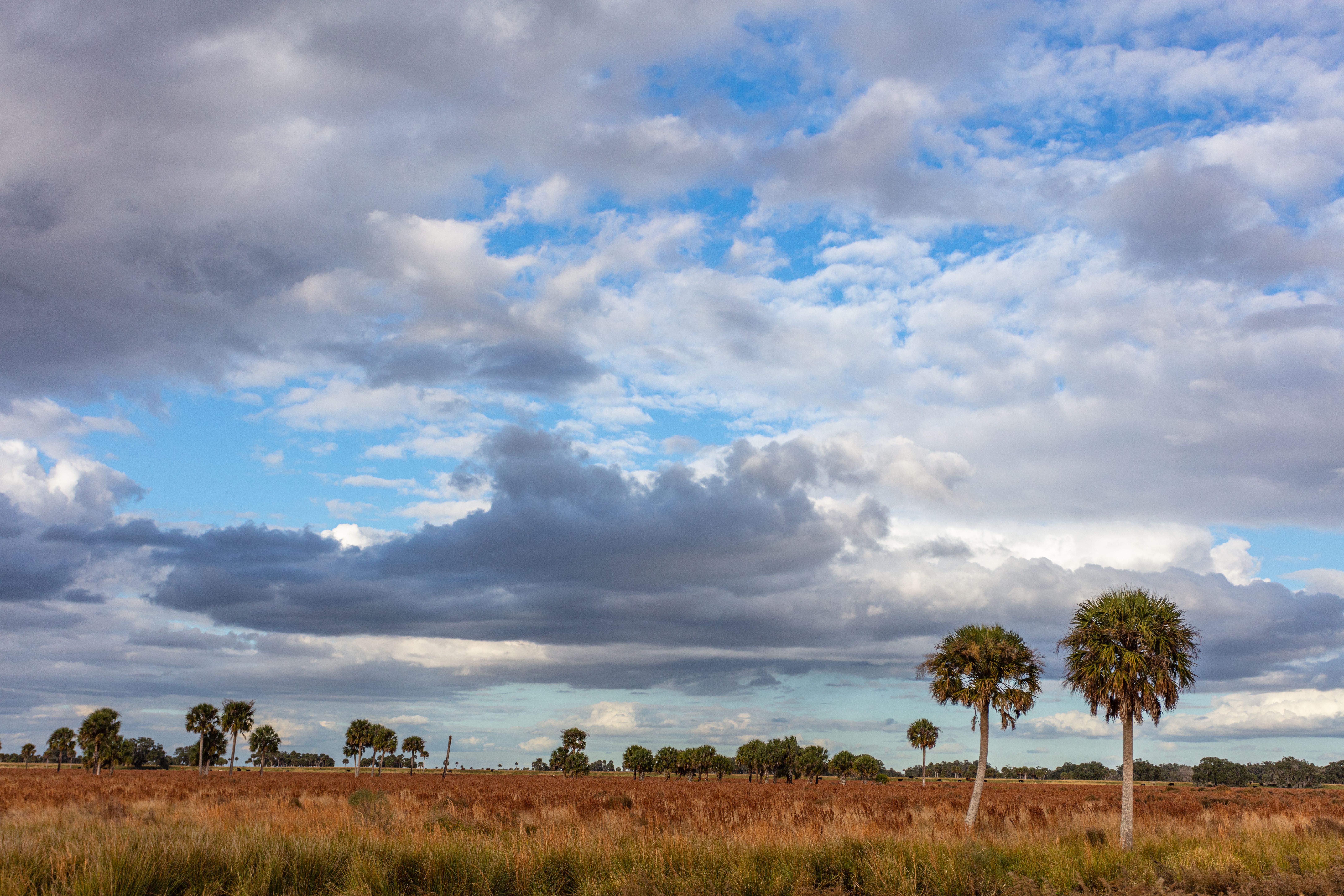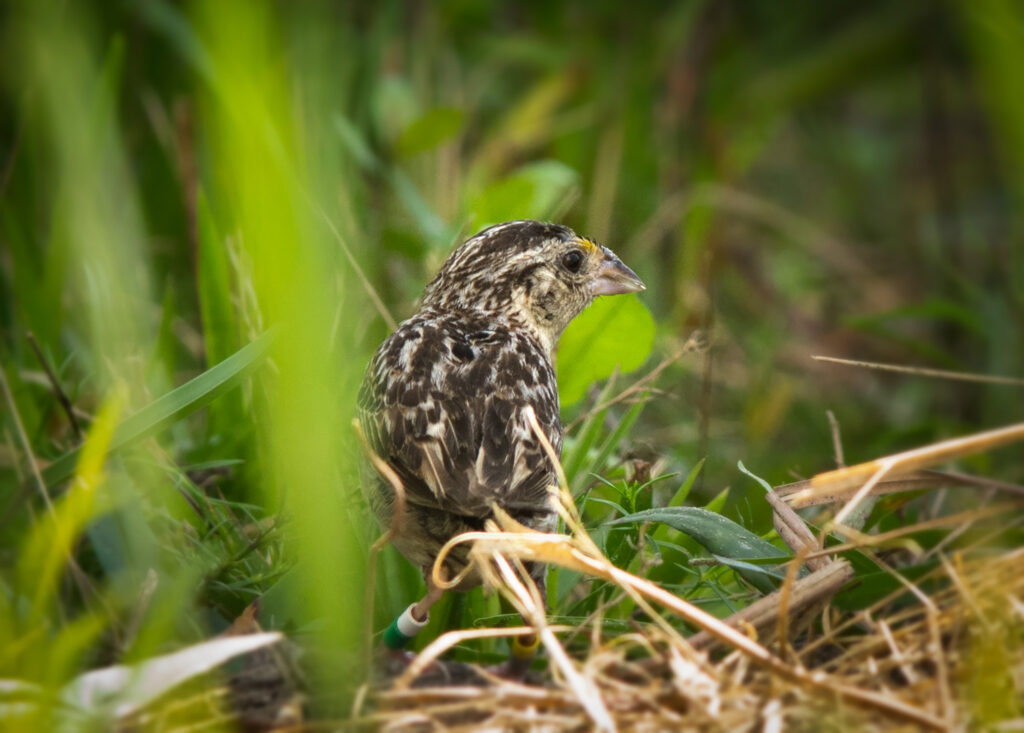How North America’s Rarest Bird is Helping Keep Florida Wild

We’ve all seen the viral videos. Florida is home to some truly wild animals – from the iconic Florida panther and black bear to curious alligators, gentle manatees and ocean life of all colors and sizes.
But did you know one endangered bird that’s smaller than most iPhones is helping make the case for protecting wildlife across the state?
Fabiola Baeza-Tarin, a research assistant in the Avian Ecology Program at Archbold Biological Station, regularly trudges through prairies and across Florida’s working lands well before the sun comes up to study these small, endangered birds found only in the Sunshine State: the Florida grasshopper sparrows.

As one of the rarest birds in the state and North America, the grasshopper sparrow faces an uphill battle to survive due to habitat loss from development. The team at Archbold, a scientific research institution, is studying and monitoring these sparrows to help prevent further population decline.
As one of the rarest birds in the state and North America, the grasshopper sparrow faces an uphill battle to survive due to habitat loss from development.
Working with partners, including the U.S. Department of Agriculture, Archbold has shown that protecting working lands not only benefits Florida ranchers and the state’s cattle industry, but also Florida’s unique wildlife.
“The vital Florida grasshopper sparrow science helps highlight the value of ranchlands to broader conservation efforts,” said Hilary Swain, Archbold’s executive director. Moreover, cooperating with agencies that manage at-risk species and landscapes, including the U.S. Fish and Wildlife Service, helps ensure the relevance and application of Archbold science.

This research is one of the many reasons Live Wildly campaign partners are laser-focused on protecting the working lands that help make up the Corridor. Archbold’s long-term research, like its work on the Florida grasshopper sparrow, helps support the case for protecting the Florida Wildlife Corridor from development.
“Cary Lightsey, a well-known Florida cattle rancher once exclaimed to me, ‘No one ever visited Florida to see a subdivision,’” Swain added.
The Corridor not only provides a safe place for wildlife. It benefits farmers, fishers, and ranchers who depend on open spaces and a healthy environment, and also helps ensure many of the state’s parks, waterways, and beaches remain clean for generations to come.


